Author: Brian Hall
Citra was released by the Hop Breeding Company in 2007 and quickly became a favorite among brewers for its ability to impart intense fruity characteristics to beer. Barely a year old, YCH Hops’ LupuLN2 Cryo Hops hit the market in mid-2017 with the promise to improve upon an already lauded ingredient. The manufacturer provides the following description this new product:
Cryo Hops is the concentrated lupulin of whole-leaf hops containing resins and aromatic oils. It is designed to provide intense hop flavor and aroma, enabling brewers to dose large quantities of hops without introducing astringent flavors or vegetative cone material. During early R&D trials, brewers specifically cited ‘juicy’ and ‘resinous’ characteristics. Cryo Hops offers twice the resin content of traditional whole-leaf and hop pellet products, and should be dosed at approximately half the amount by weight.
Basically, all the good with none, or at least a lot less of, the bad. Sounds great!
Alpha: 24 – 26%
Beta: 3.5 – 4.5%
Cohumulone: 20 – 24%
Total Oil: 3.5 – 5.5 mL/100g
Myrcene: 60 – 70%
Humulene: 7 – 12%
Caryophyllene: 5 – 8%
Farnesene: < 1%
Linalool: 0.6 – 0.9%
Geraniol: 0.3 – 0.5%
ß-Pinene: 0.7 – 1%
Parentage: Hallertau Mittelfruh, US Tettnang, EKG, Brewer’s Gold, unknown varietal
Having used Citra many times over the years and loving it for the fruity characteristics it adds to my hoppy beers, I was curious how this newer more concentrated version would compare!
| MAKING THE BEER |
I brewed up a simple Pale Ale in the hopes of making the Citra Cryo hops shine.
Citra LupuLN2 Cryo Hops Pale Ale
Recipe Details
| Batch Size | Boil Time | IBU | SRM | Est. OG | Est. FG | ABV |
|---|---|---|---|---|---|---|
| 5.5 gal | 60 min | 39.7 IBUs | 3.4 SRM | 1.055 | 1.012 | 5.6 % |
| Actuals | 1.055 | 1.005 | 6.6 % | |||
Fermentables
| Name | Amount | % |
|---|---|---|
| Pilsen Malt (Franco-Belges) | 10 lbs | 90.91 |
| Vienna Malt | 1 lbs | 9.09 |
Hops
| Name | Amount | Time | Use | Form | Alpha % |
|---|---|---|---|---|---|
| Cryo - Citra | 7 g | 30 min | Boil | Pellet | 24 |
| Cryo - Citra | 7 g | 15 min | Boil | Pellet | 24 |
| Cryo - Citra | 14 g | 5 min | Boil | Pellet | 24 |
| Cryo - Citra | 57 g | 1 min | Boil | Pellet | 24 |
| Cryo - Citra | 57 g | 3 days | Dry Hop | Pellet | 24 |
Notes
| Water Profile: Ca 126 | Mg 0 | Na 0 | SO4 118 | Cl 135 |
Download
| Download this recipe's BeerXML file |
I collected water through my RO filter a day beforehand and adjusted it to my target profile before setting up my heat stick for pre-heating.
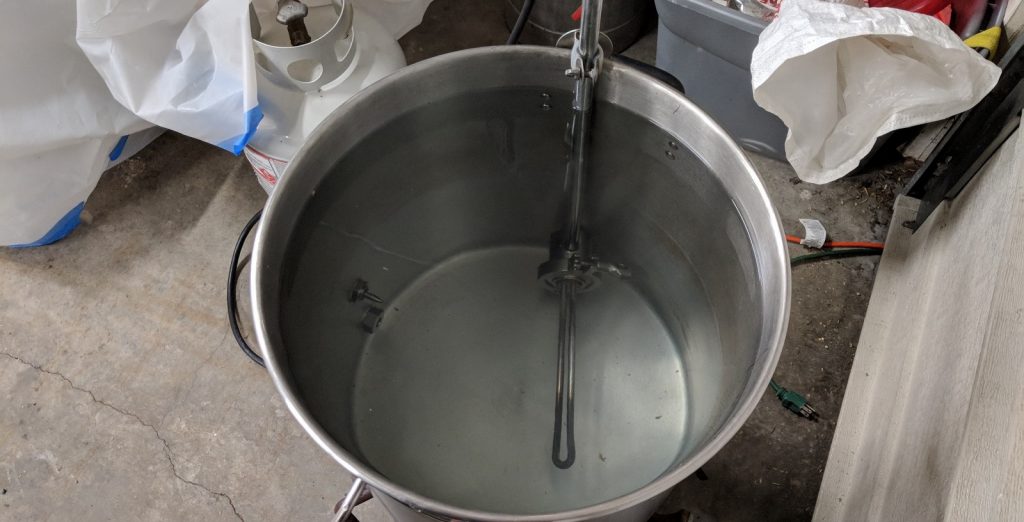
I weighed out and milled the grain the next day while the water was finishing heating.
Once the water was at strike temperature, I mashed in and checked to ensure I hit my target mash temperature.

I let the mash rest for 60 minutes.
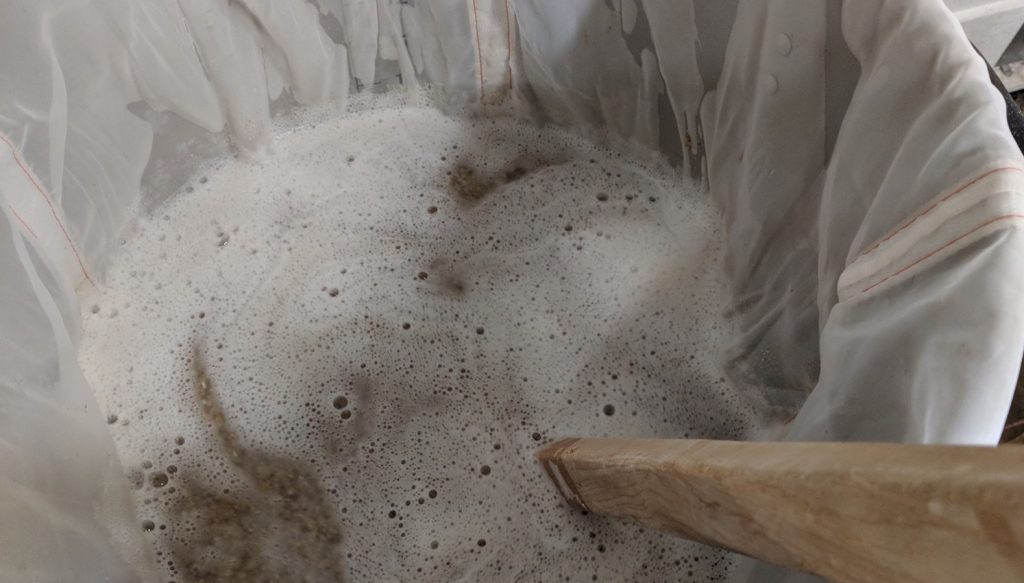
Once the mash was finished, I removed the grain bag and let it drip until my pre-boil volume was reached. As the wort was heating up, I weighed out the kettle hop additions.
I boiled the wort for 60 minute, adding hops at the times stated in the recipe.
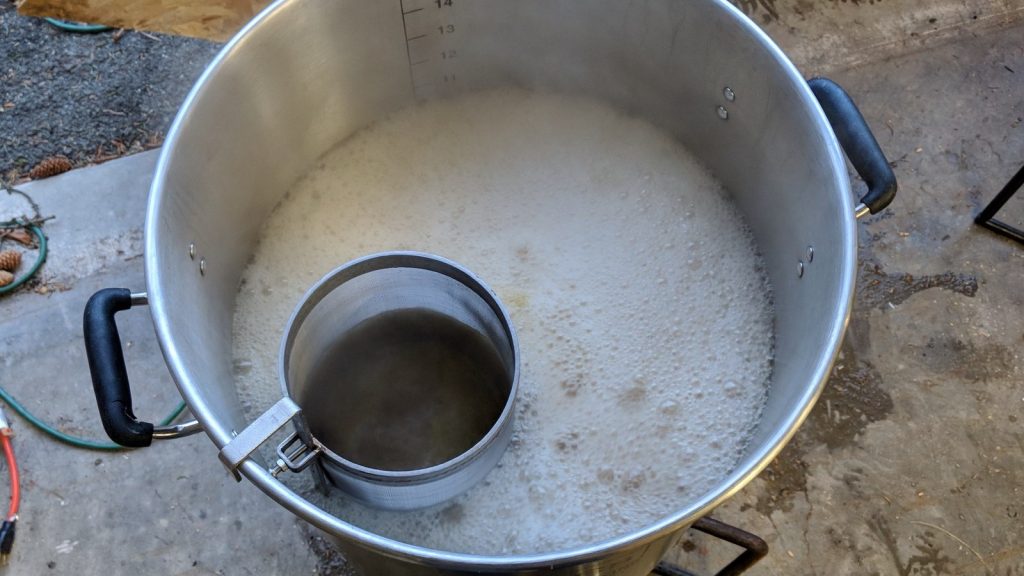
I hastily chilled the wort to 68°F/20°C with my immersion chiller.
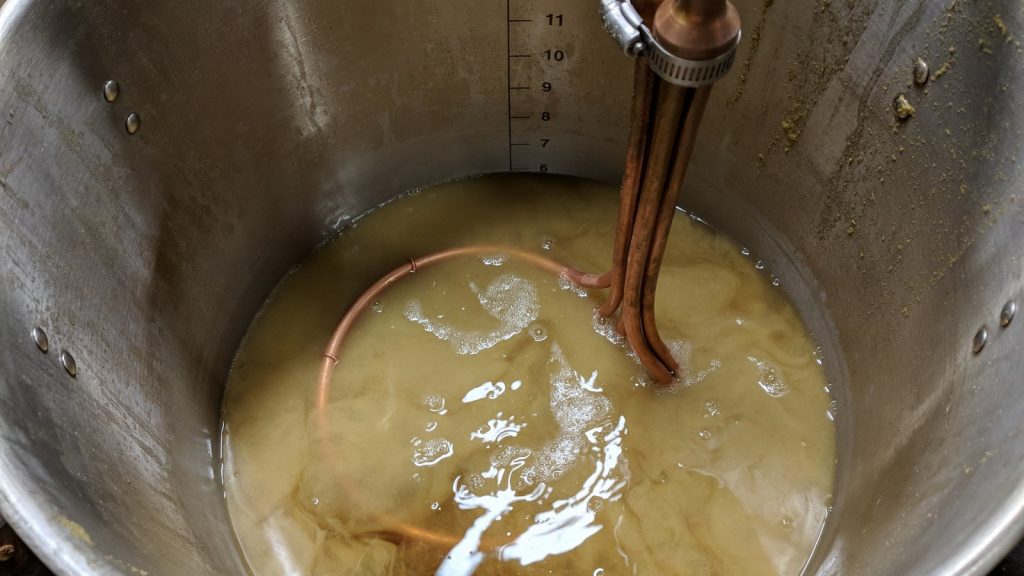
A refractometer reading of the chilled wort showed it was at a respectable 1.055 OG.
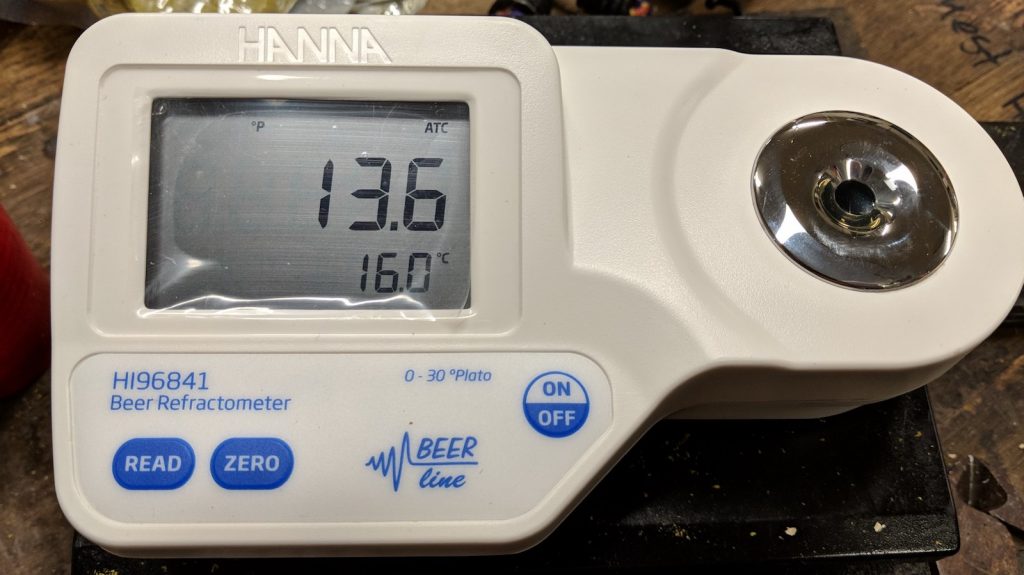
I racked the wort to a glass carboy then pitched a fresh can of Imperial Yeast A07 Flagship. The beer was placed in my fermentation chamber and left to ferment just over 1 week before I added the dry hop charge.
I let the beer hangout with the dry hops for 2 days then took a hydrometer measurement to confirm the beer was done fermenting.
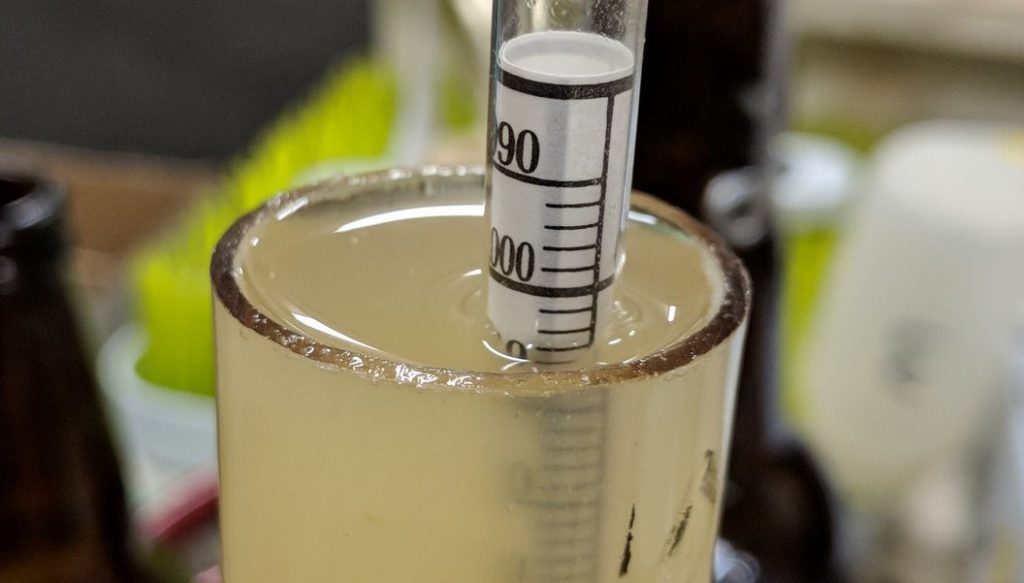
I racked the warm beer to a CO2 purged keg, placed it in my kegerator, then burst carbonated it overnight before reducing the gas to serving pressure. After a few days of cold conditioning, I began serving the beer to unsuspecting participants.
| METHOD |
Participants were instructed to focus only on the aromatic qualities of the beer before evaluating the flavor. For each aroma and flavor descriptor, tasters were asked to write-in the perceived strength of that particular characteristic on a 0-9 scale where a rating of 0 meant they did not perceive the character at all and a rating of 9 meant the character was extremely strong. Once the data was collected, the average rating of each aroma and flavor descriptor was compiled and analyzed.
| RESULTS |
A total of 15 people participated in the evaluation of this beer, all blind to the hop variety used until after they completed the survey. The average aroma and flavor ratings for each descriptor were plotted on a radar graph.
Average Ratings of Aroma and Flavor Perceptions
The 3 characteristics endorsed as being most prominent by participants:
| Aroma | Flavor |
| Tropical Fruit | Tropical Fruit |
| Citrus | Citrus |
| Stone Fruit | Melon |
The 3 characteristics endorsed as being least prominent by participants:
| Aroma | Flavor |
| Onion/Garlic | Onion/Garlic |
| Earthy/Woody | Berry |
| Spicy/Herbal | Dank/Catty |
Participants were then asked to rate the pungency of the overall hop character.
Next, they were instructed to identify beer styles they thought the hop would work well in.
Finally, tasters were asked to rate how much they enjoyed the hop character on a 1 to 10 scale.
My Impressions:As a self-proclaimed Citra fanboy, the only thing I wanted more from this beer was another glass of it. I felt as though the hop profile in this beer had a thinner “hop body” to it compared to beers made with regular pellet hops. The other thing I noticed early on is that if not given enough time, the Cryo powder tends to hang around longer in suspension, leaving me with an odd sensation in the throat I’ve dubbed the “Cryo tickle.” All that aside, the classic citrus and tropical fruit flavors dominated ever so wonderfully.
| CONCLUSION |
Cryo hops are marketed as offering more potency with less vegetal matter, which the results from blind tasters seems to back up seeing as tropical fruit, citrus, and stone fruit were the highest rated characteristics. Compared to The Hop Chronicles we did on Citra pellets, pungency ratings for the Cryo hops were a bit higher despite using 50% less in the dry hop additions (as suggested by the manufacturer). It was no shock with all these characteristics that participants would think it works nicely in IPA and Pale Ale. And participants generally seemed to enjoy the beer, as did others I served it to after data collection, the keg kicked with ease.
As with any test, one has to wonder whether there is a downside to this cryogenically separated hop powder. One of the main advertisements is less waste, as less hop matter is added to the beer. On a homebrew level, this amounts to perhaps half a pint or less, but on the professional level could be much more. Breweries have cited saving 3-10% of a batch based on being able to use less hop material. However, some brewers I’ve spoken with have noticed a tingling sensation in the back of the throat when too much Cryo hops are used, or when it hasn’t dropped out of solution yet. Something to keep in mind, I suppose.
In the end, these results confirm claims of saved beer, as I did yield a little more compared to the same batch made using pellets. As for the aroma and flavor, I’m not convinced there’s much of a difference compared to pellets, at least when used at the rates prescribed by the manufacturer, which a recent xBmt seems to support. However, for the brewer looking to pack an extra punch of hoppiness in their beer, using Citra Cryo at similar rates as pellets may be just the ticket.
Citra LupuLN2 Cryo Hops are available now at MoreBeer, get them while you can! If you have any thoughts on this variety, please feel free to share them in the comments section below.
Support Brülosophy In Style!
All designs are available in various colors and sizes on Amazon!
Follow Brülosophy on:
FACEBOOK | TWITTER | INSTAGRAM
If you enjoy this stuff and feel compelled to support Brulosophy.com, please check out the Support Us page for details on how you can very easily do so. Thanks!


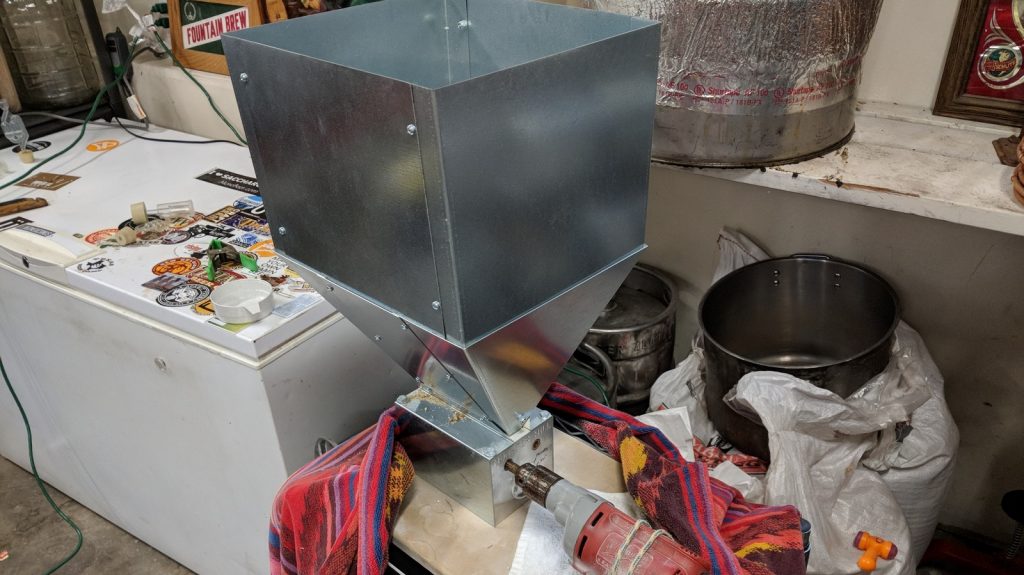

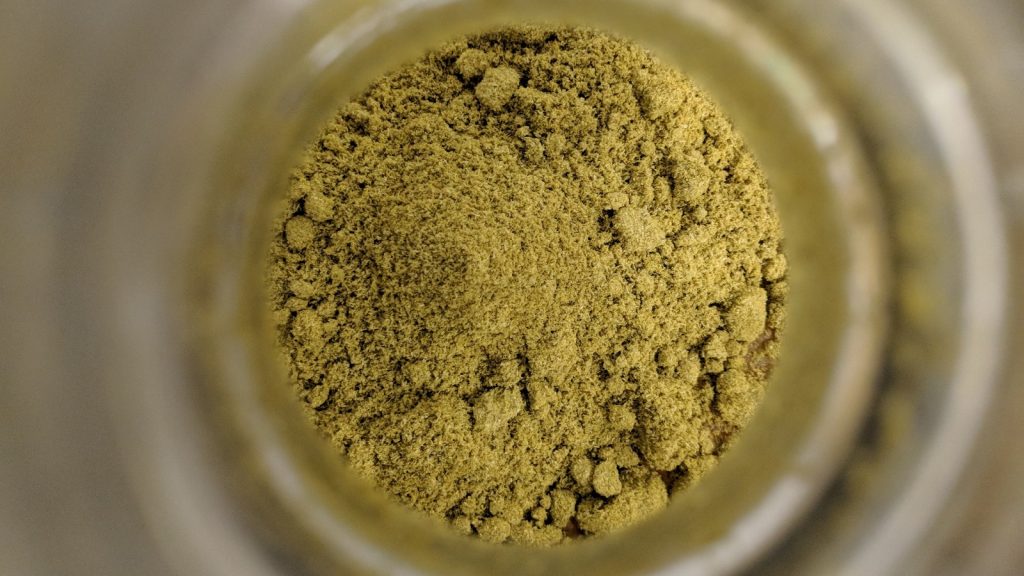
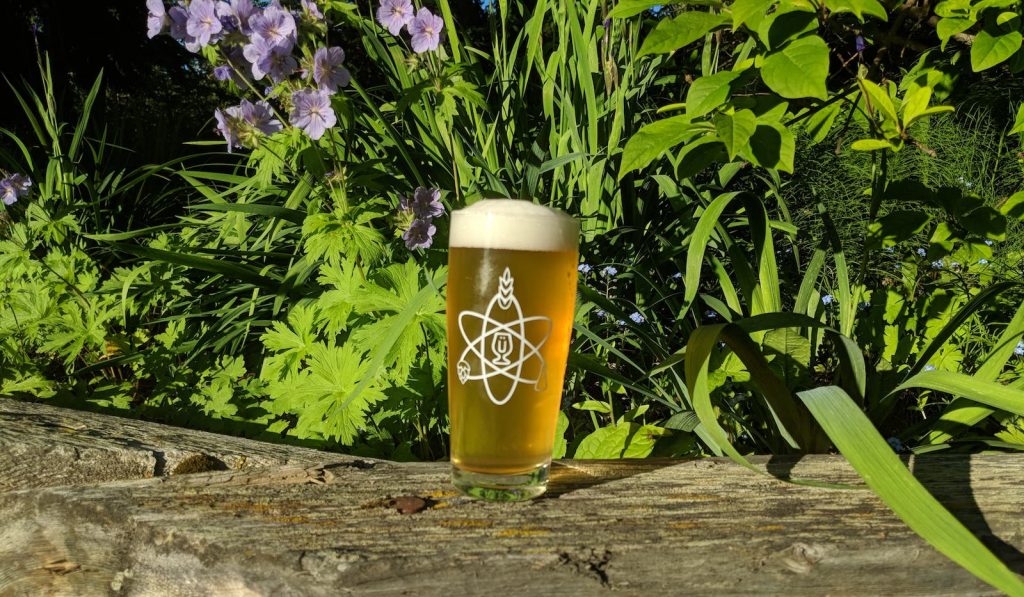
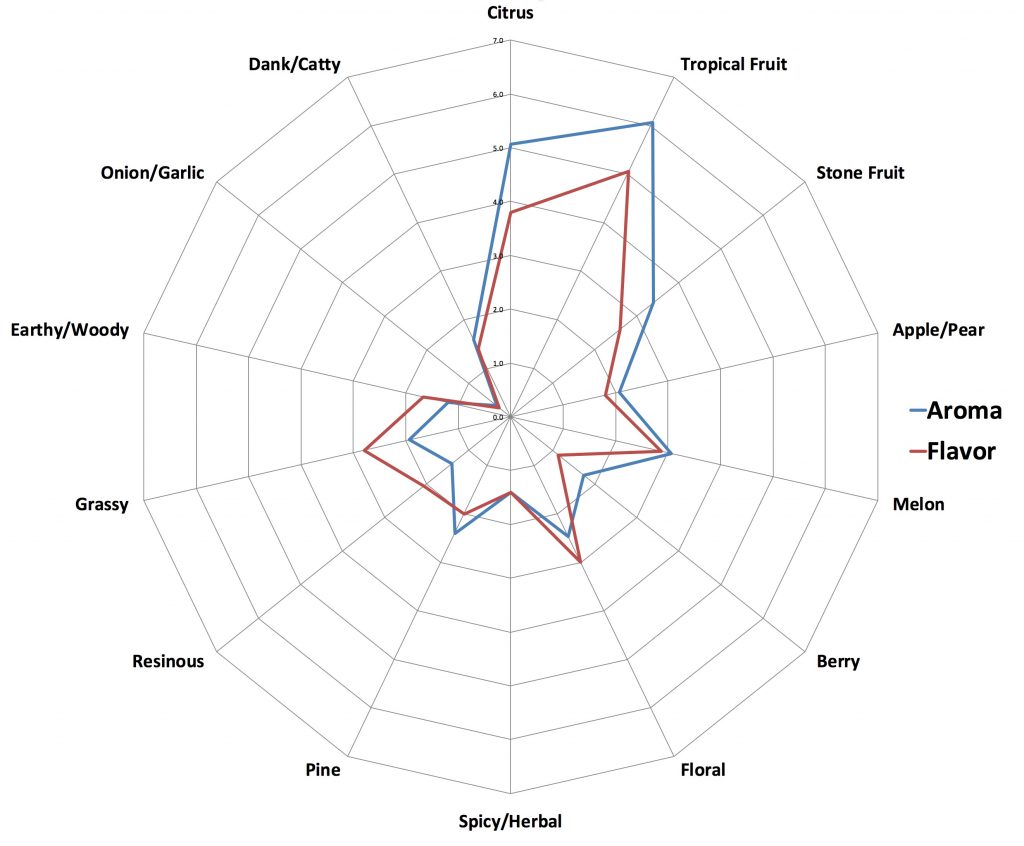
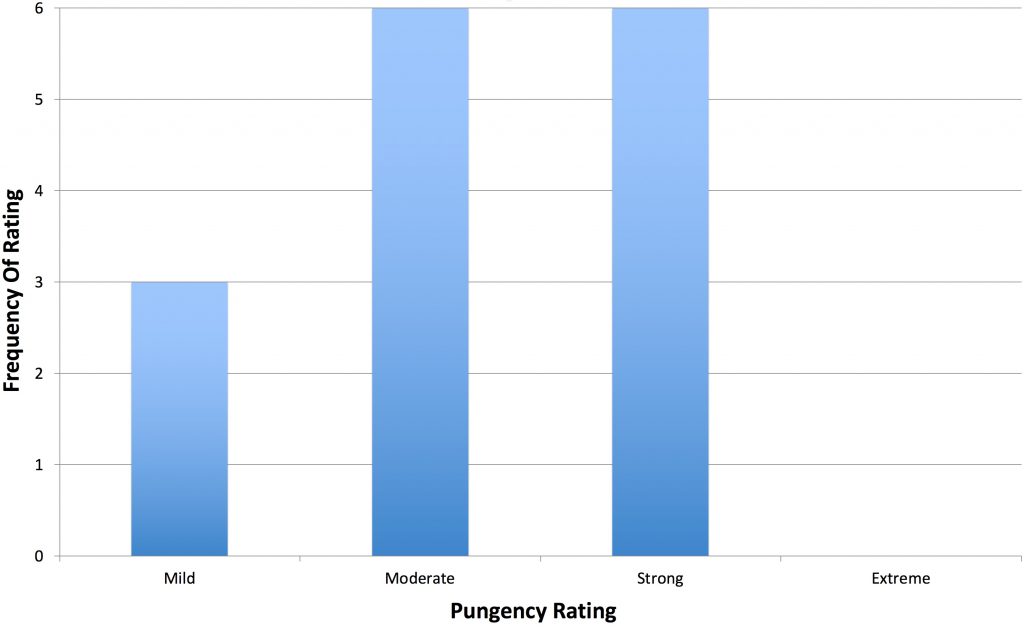
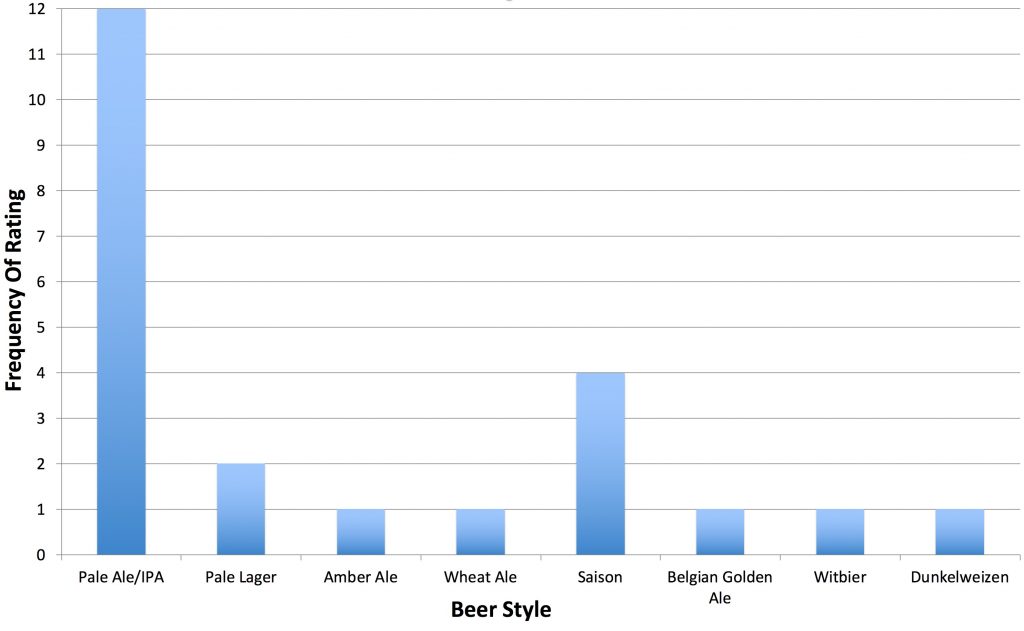
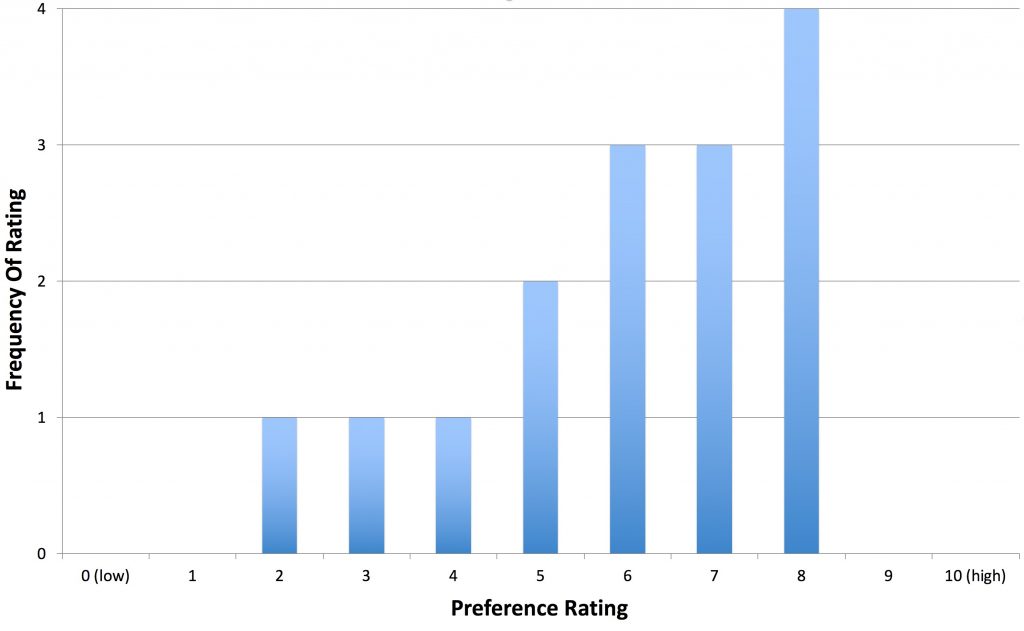










6 thoughts on “The Hop Chronicles | Citra LupuLN2 Cryo Hops (2017) Pale Ale”
Stan H suggested using a small amount of pellet hops with the cryo to help it all settle out at one time. No idea if it actually works though.
we’ve been calling the “tickle” “hop burn” over on HBT. I wonder if it will just burn for awhile no matter if you cryo or regular pellets in high amounts. i was hoping the cryo might remove some of the tannc astringency i can get with certain varietals of reg pellets at high dryhop rates
I’d also call it more of a burn than a tickle. It seems like it will settle to the bottom, but you can resuspend it by shaking the keg. Interesting that others have seen this is well…but I think I’d rather not deal with it
What hop spider are you using? It looks like you can adjust the height. I went form a 10 gallon to 15 gallon kettle and half my hop spider is above the wort in a 5 gallon batch now.
I’d be interested in hearing from YCH what happens when the cryo process is applied a noble hop, or some other low alpha variety where grassy or other flavors may be coming from the vegetal matter as opposed to the resin. In other words, could the cryo process substantially change the flavor profile rather than just concentrate it?
The hop flavor “radar graph” is intriguing.